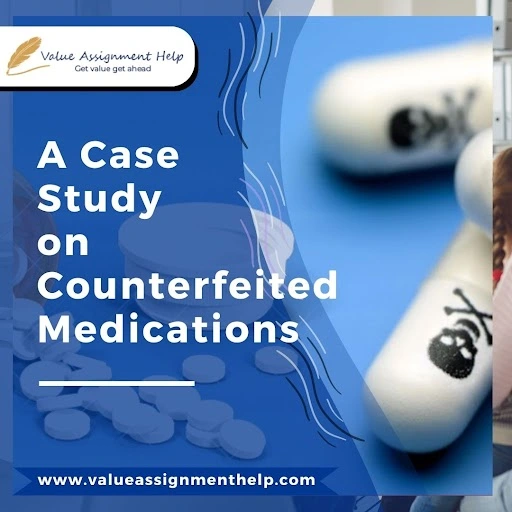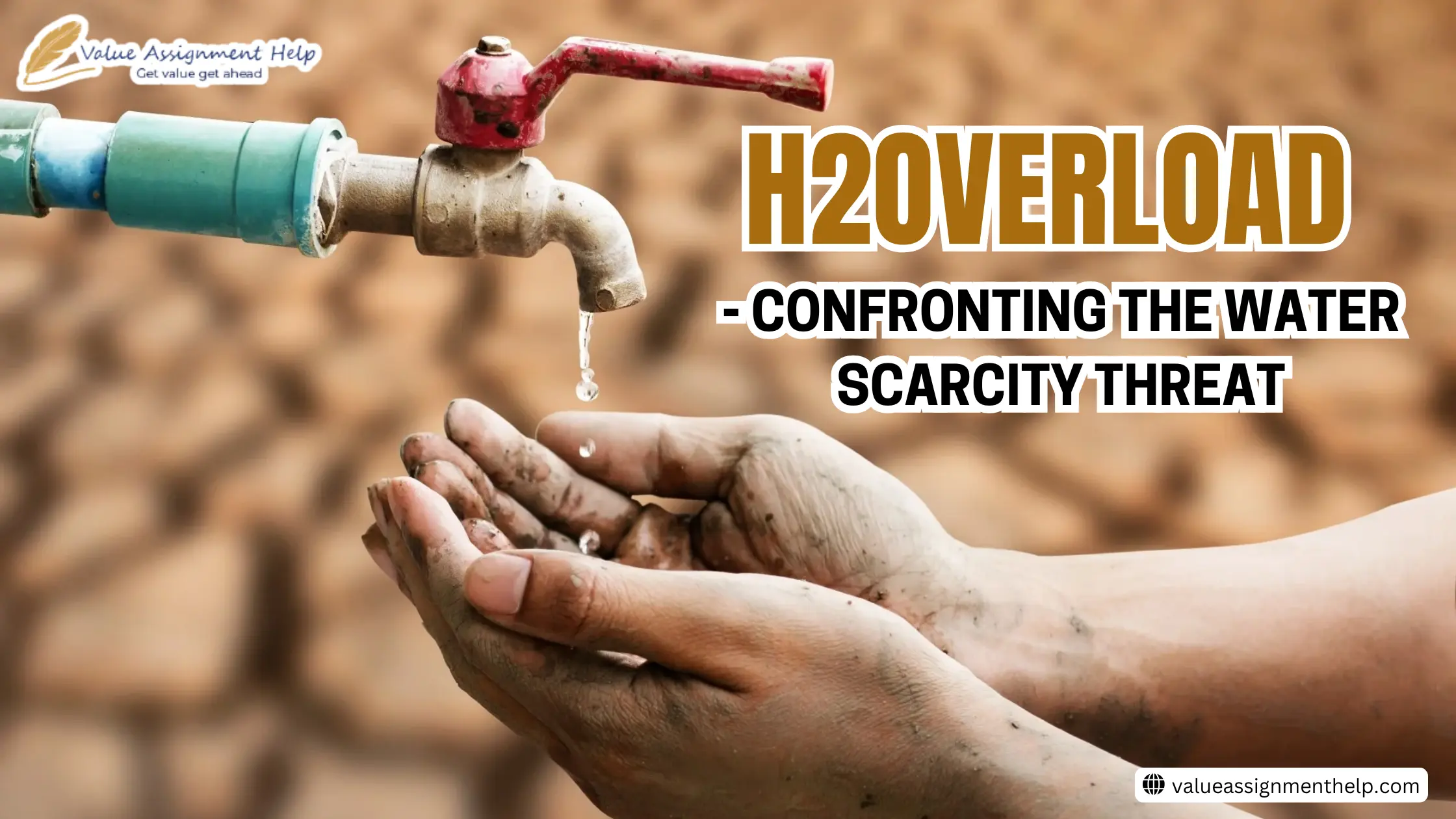
Search Assignments
Table of Contents
Our Experts

Search Assignments

Customers Reviews
On 28th March, 18 Indian Pharmaceutical companies lost their manufacturing license for producing substandard medical drugs.
In a 15-day-long nationwide inspection by regulators, 76 pharma companies were scrutinised. Out of 76 firms, a total of 18 firms lost their license, and 26 were handed show-cause notices, Times Now reported.

As per multiple media reports, the inspection was undertaken in 20 states and UTs nationwide to identify dubious firms. As a result, regulators identified a total of 203 firms, a majority of which hail from Himachal Pradesh (70), Uttrakhand (45), and Madhya Pradesh (23).
Going by the sources, the raid comes amid the dented reputation of India in the global pharmaceutical industry. Last year, poorly made Indian cough syrup allegedly killed 66 children in Gambia. This February, Indian eye-drops were recalled from the US over suspicion of vision loss.
WHO raised a warning, and the United Nations Health Agency issued three global medical alerts since September 2022. The data reveals the gravity of the issue encircling falsified and substandard medicines in India.
However, the issue shall not be confused with an outbreak limited to India; instead, it is a global pandemic plaguing humankind.
Doctors are Gods, and medicine is the biggest boon of science. Saving lives, counting blessings and giving people hope, a doctor is undeniably the noblest profession of an all pandemic being the most recent and dominant example.
But the noblest profession is also at the forefront of sham medicines, unhygienic manufacturing practices, and creating falsified drugs.
World health organization defines falsified drugs/ counterfeit medicine as the drugs that “deliberately misrepresent their identity, composition, structure or source,” commonly called ‘substandard and falsified medicines’ or ‘SF-medicines’.
The first time the issue of fake medicine was brought to light was in 1985 at the World Health Organization (WHO) conference on rational drug Use in Nairobi, Kenya.
The counterfeit medicine industry is like a parasite, feeding on the blood of millions of innocent lives. As per the WHO, more than a million deaths were caused due to the consumption of substandard medicines. Yearly over 250,000 children are killed due to fake medicines, The Guardian reported in 2019.
In 2018, the WHO estimated the market size of counterfeit medicines to be around 70 to 200 billion dollars, which has swelled from 200 billion to 432 billion dollars in the past five years. The issue of counterfeit medicine is not just linked to one country or ethnicity; the problem is a global issue. But it is predominant in under-developed and developing nations. The below-mentioned mindboggling figures bring forth the gravity of the issue.
In 2017, WHO highlighted that one of every ten medical products in low and middle-income nations is substandard or falsified.
Our research also suggests that most counterfeit medicines originate from Asia and Africa.
In 1997, 36% of the antibiotics were substandard in Thailand and Nigeria. In Nigeria and Pakistan, half of the medical supply was deemed fake in 2004. Even in China, fifty to eighty-five percent of the pharmaceutical supply was counterfeit, Julian Morris and Philip Stevens brought forward in 2006.
Delving deeper, in 2001, China had around 500 fake manufacturing plants even after closing 1,300 factories and investigating 480,000 cases of knock-off medicines. The next year, in 2002, the official data revealed that nine percent of all total pharmaceutical output of India was substandard.
And the problem of falsified drugs is growing by leaps and bounds, evident from the graph, growing at a rate of 2.5% a year.
The prime reason is the lack of regulation in developing nations.
In China, State Food and Drug Administration does not control the quality of exported medicines. However, even in India, “if the US regulatory norms are followed, most Indian pharmaceutical companies will shut down,” G.N. Singh- Drugs Controller General of India and Secretary-cum-Scientific Director of the Indian Pharmacopoeia Commission- was quoted by New York Times in 2014.
Fake medicines mint easy money. With little manufacturing cost and no spending on drug testing or commissioning, the fake medicine market is growing at twice the rate of the real pharma market.
Multiple research findings conclude that developing nations are producing such low-quality drugs because of the limited drug control infrastructures.
Amid global crises, war in Ukraine and the still-not-over pandemic, the demand for medication has surged.
Affordable medication does not always mean counterfeit products. For example, some affordable medications have reduced drug dosage for lighter use.
However, most people choose affordable options since counterfeit drugs are comparatively cheaper.
As ill-manufactured and poorly-stored medications make their way down your neck, the risk of many infections and diseases also travels with it.
Knockoff drugs are similar in packaging to legitimate drugs, making differentiation difficult for general people, but are severely damaging.
Generally, counterfeit medicines have too-little medicinal drug quantity. Hence, delaying the effectiveness and endangering the lives of millions of patients every year.
But above all, the presence of a wrong, toxic or poisonous pharmaceutical component in medicine poses the most severe threat to humans. Every year, more than 250,000 innocent kids die from wrong or adultered medications. And those who beat death have to live with multiple missing organs.
In many cases, recipients of fake medicines have developed symptoms of paralysis, kidney failure and cancer. All in all, counterfeit medicines kill more than terror and violence ever could.
Although differentiating between a fake drug and an authentic drug can only be done by chemical analysis in the lab, below are a few of the tips you can use to protect yourself from counterfeit medications:
However, above mentioned methods are applicable in limited cases. For example, today, scammers produce equally sophisticated drugs as authentic drug dealers, making it difficult to tell them apart visually. In such cases, only look for certified websites and buy from genuine sources.
Hence, investing in digital apps and platforms that determine the medicine's authenticity is necessary.
Medical science is directly linked to human survival. The slightest twitch in medicine could instantly take a life. But delving at the rise of the counterfeit medication market, the future is dark. If no immediate attempts are made, the issue will be more fatal than any other man-made disaster.
"Get help instantly, Raise your grades with Value Assignment Help"




No Comments